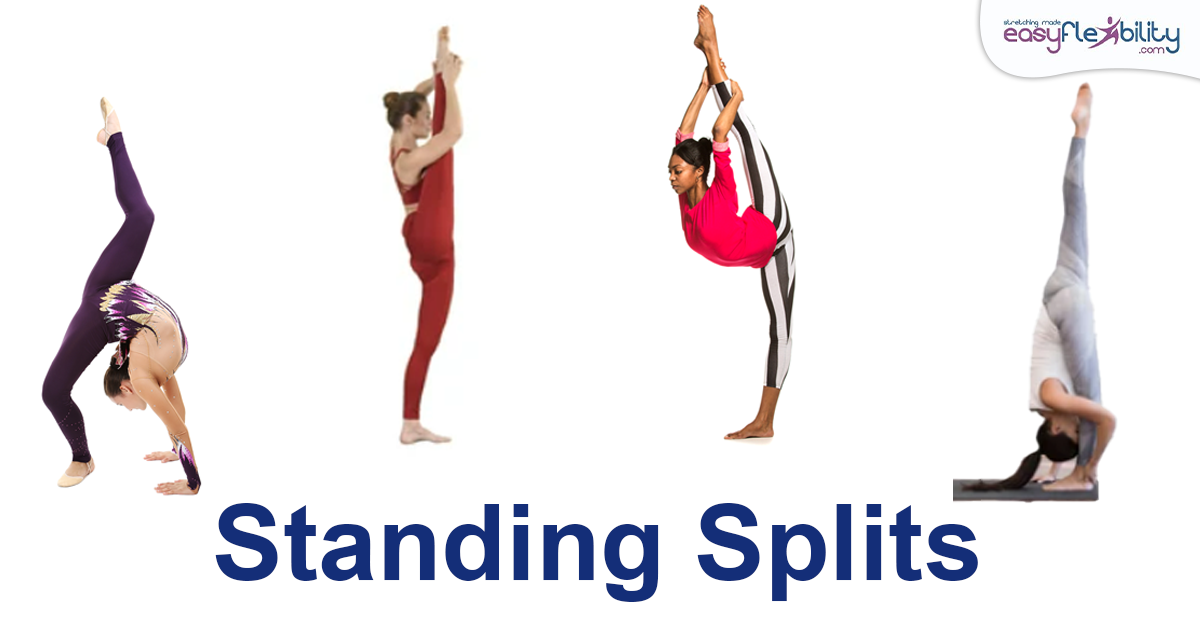Dance Zaichik Stretch for Adductor Gracilis Muscle
Posted by Paul Zaichik on
Dance Zaichik Stretch for Adductor Gracilis Muscle
This is an EasyFlexibility Stretch that will work primarily on ADDUCTOR GRACILIS muscle.
*** BENEFITS*** Improves splits and all positions where legs must be wide apart
This is an EasyFlexibility Stretch that will work primarily on ADDUCTOR GRACILIS muscle. Rarely anyone knows how to isolate different muscles. If tight, a muscle can prevent many other muscles to be stretched, and that's why standard methods would just not work, and attempting the target post over and over again will be of no use. EasyFlexibility takes care of that by 1- Isolating the muscles and 2- Working with all their actions. Joints and muscles become free so stretching them comes naturally. Try this stretch and tell us how it feels.

How do you stretch the Adductor Gracilis?
When talking about the adductors during the seminars, I would ask the students: "How do you stretch the Gracilis?" before demonstrating the Gracilis isolated specific Zaichik Stretching Techniques, just to see what they would come up with. Most students heard of the Gracilis muscle but had no idea how to stretch it. To make it easier for students to understand the Gracilis muscle I would present them with Kinesiology of the Gracilis and see if they could figure out how to stretch it.
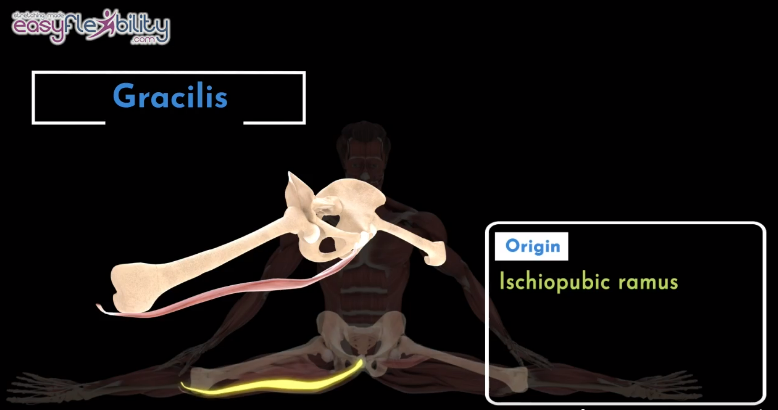
Kinesiology of the Gracilis
If you are not familiar with the kinesiology of Gracilis muscle, Gracilis flexes the hip. So it's an assistant to the hip flexors, although it's an adductor itself. It adducts the hip, meaning that it pulls the leg from outside to the midline, from abducted position to the midline.
Adductor Gracilis is also the medial rotator of the hip. But interestingly enough, it's a long muscle and the only long abductor, meaning that it's the only adductor that crosses the hip. The other three, Adductor magnus, Adductor brevis and Adductor longus do not. So at the knee, Gracilis flexes the knee and medially rotates the knee. If you bend your knee, you'll notice that it can rotate in or out.
Adductor Gracilis is also the medial rotator of the hip. But interestingly enough, it's a long muscle and the only long abductor, meaning that it's the only adductor that crosses the hip. The other three, Adductor magnus, Adductor brevis and Adductor longus do not. So at the knee, Gracilis flexes the knee and medially rotates the knee. If you bend your knee, you'll notice that it can rotate in or out.
What's a good Gracilis Stretch?
After explaining to the students the kinesiology of the Gracilis muscle most of the time they would assume that if it's a flexor of the knee, that a lunge, which is hip extension would be a good stretch for it. Or perhaps since it's an adductor they would suggest to do a center split, middle split, back split, whatever you want to call it.
When you use Zaichik Stretching Techniques, every action of the muscle has to be taken into account. All the action at the hip: the adduction, medial rotation, hip flexion. And all the actions at the knee: the flexion and the medial rotation. If you don't do that you will only partially stretch the Gracilis and you will stretch other muscles as well.
By involving other muscles in your stretch, you may not get to the Gracilis because other muscles might be tighter and thus prevent you to be able to get fully into the Gracilis muscle.
When you use Zaichik Stretching Techniques, every action of the muscle has to be taken into account. All the action at the hip: the adduction, medial rotation, hip flexion. And all the actions at the knee: the flexion and the medial rotation. If you don't do that you will only partially stretch the Gracilis and you will stretch other muscles as well.
By involving other muscles in your stretch, you may not get to the Gracilis because other muscles might be tighter and thus prevent you to be able to get fully into the Gracilis muscle.
Zaichik Stretching Technique called ~Equilibrium~ is designed to be the perfect Gracilis Stretch
The Zaichik Stretching Techniques in EasyFlexibility system for the Gracilis is called ~Equilibrium~. There are a few variations of the ~Equilibrium~, closed chain and open chain. In other words, when the hips move, which is when the leg moves, or if you will, when the pelvis moves versus when the hip joint moves, which looks like it's a movement of the foot and also using various contractions if they are needed.
Zaichik Stretching Techniques are also used by people who are certified in the system to figure out if Gracilis is the muscle that needs to be stretched for a specific skill or not. This means that if the skill requires hip flexion, for example. And there are four adductors and and six hip flexors that flex the hip. Gracilis may not be one of the muscles that is restricting a skill for an athlete that has been tested. That athlete could be a martial artist, a dancer, figure skater, cheerleader, gymnast, pole dancer, and so on.
Zaichik Stretching Techniques are also used by people who are certified in the system to figure out if Gracilis is the muscle that needs to be stretched for a specific skill or not. This means that if the skill requires hip flexion, for example. And there are four adductors and and six hip flexors that flex the hip. Gracilis may not be one of the muscles that is restricting a skill for an athlete that has been tested. That athlete could be a martial artist, a dancer, figure skater, cheerleader, gymnast, pole dancer, and so on.
Here's a closer look at the ZST Gracilis Stretch

Starting Position:
- Go into a lunge position.
- Place your hands on the floor. Toes forward.
- Keep the chest squared down, do not rotate the chest.
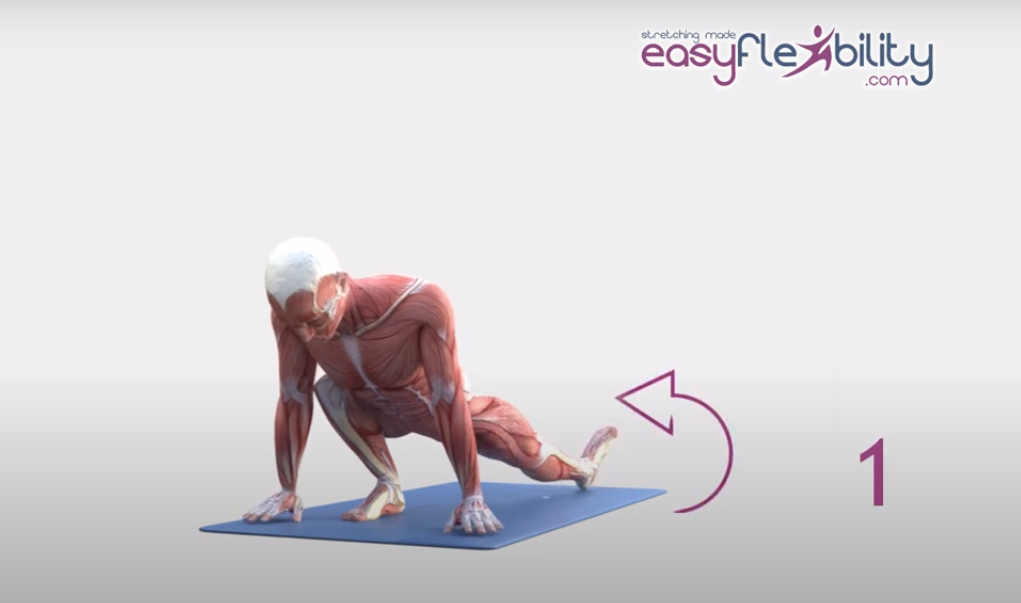
Leverage 1
- Do external rotation with the extended leg moving the foot out, without moving the hips.
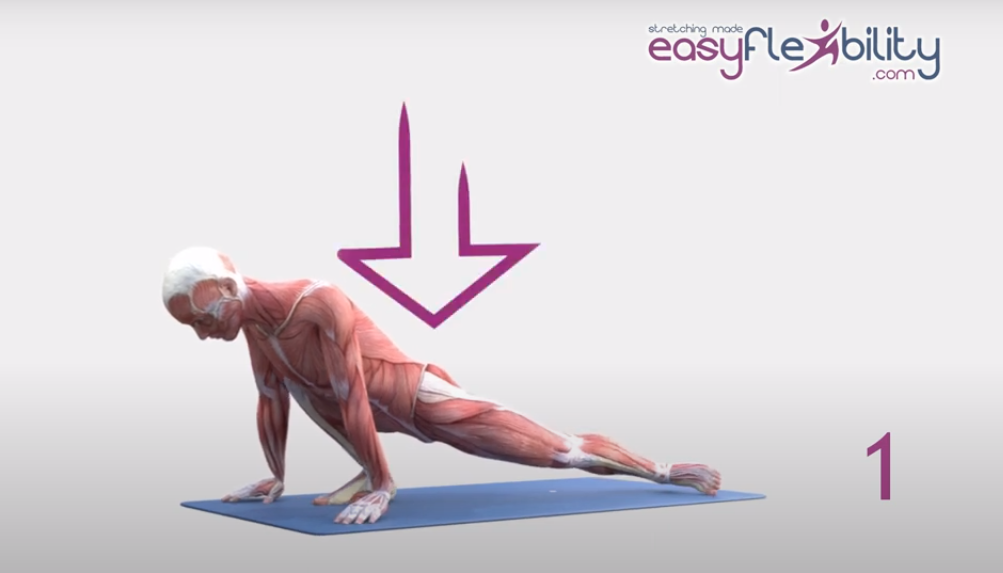
Target 1
- Drop the foot and come down the body moving hips into the floor.
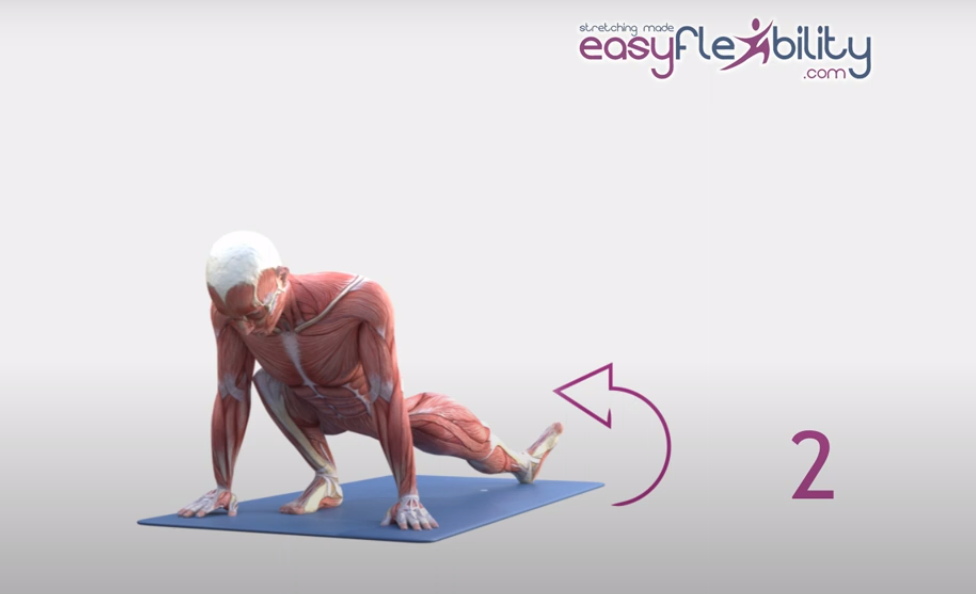
Leverage 2
- Do external rotation with the extended leg moving the foot out, without moving the hips.
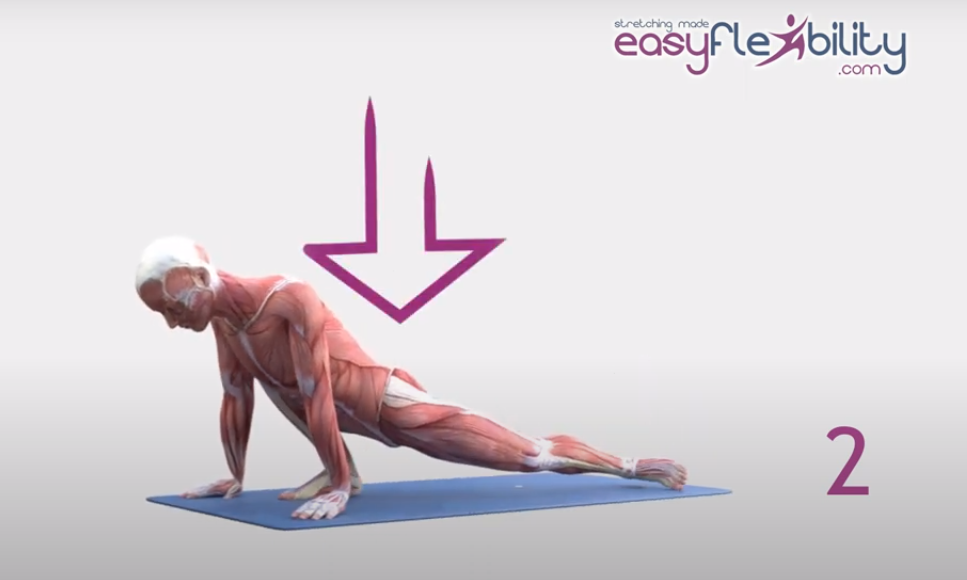
Target 2
- Come down the body and move hips deeper into the floor.
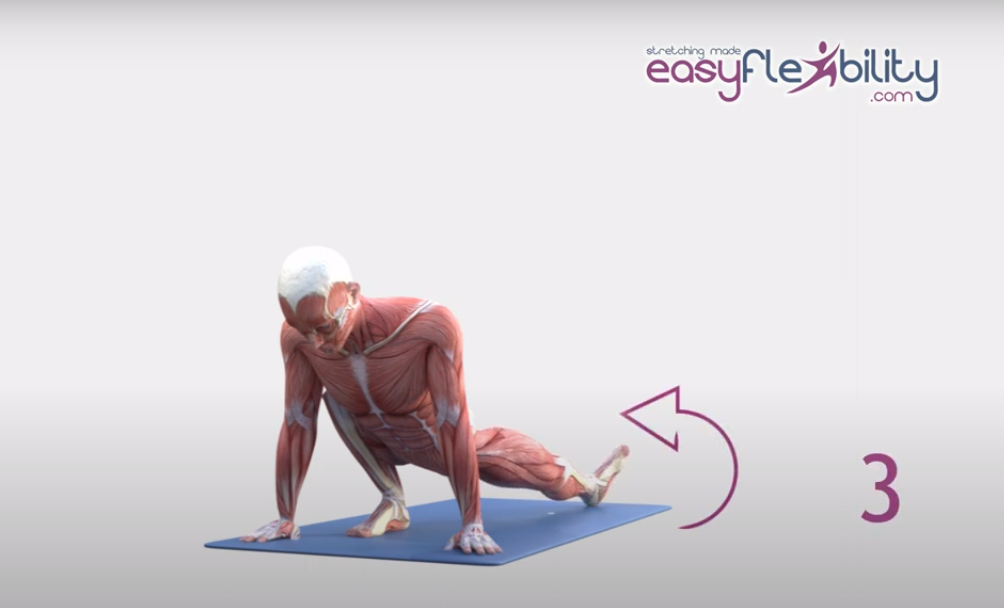
Leverage 3
- Do external rotation with the extended leg moving the foot out, without moving the hips.

Target 3
- Come down the body and move hips deeper into the floor.
If you are interested in improving your Gracilis flexibility for your Side Split, Open Front Split, True Front Split, Penche, Developpe, or any other skill take a look at the EasyFlexibilty Programs below:
Side (Middle) Split Beginner Program
Beginner program will take you step by step through a routine that contains specific Warm up and conditioning exercises, proprietary and necessary ZST's to target all the muscles involved in a side split, paired with special supporting exercises, as well as a cooldown. This program will help get you to the 135 degree Side (Middle) Split.
0 - 135 degrees
Side (Middle) Split Intermediate Program
In this training program you will continue to improve your split going above the 135 degrees that you've gained in the beginner level. Here you will learn a set of new conditioning exercises, ZST's and Supporting exercises to help you keep your newly found flexibility.
135 - 180 degrees
Side (Middle) Splits Advanced Program
Advanced Program will find you working on perfecting your Side (Middle) split and going beyond 180 degrees into an oversplit. Here you will work mostly on additional adductors and very targeted side split exercises which will give you that extra oomph you're looking for.
180 degrees and beyond
Open Front Split Beginner Program
Beginner program will take you step by step through a routine that contains specific Warm up and conditioning exercises, proprietary and necessary ZST's to target all the muscles involved in an open front split, paired with special supporting exercises, as well as a cooldown. This program will help get you to the 135 degree Open Front Split.
0 - 135 degrees
Open Front Split Intermediate Program
In this training program you will continue to improve your split going above the 135 degrees that you've gained in the beginner level. Here you will learn a set of new conditioning exercises, ZST's and Supporting exercises to help you keep your newly found flexibility.
135 - 180 degrees
Open Front Splits Advanced Program
Advanced Program will find you working on perfecting your Open Front split and going beyond 180 degrees into an oversplit. Here you will work mostly on additional adductors and very targeted open front split exercises which will give you that extra oomph you're looking for.
180 degrees and beyond
True Front Split Beginner Program
Beginner program will take you step by step through a routine that contains specific Warm up and conditioning exercises, proprietary and necessary ZST's to target all the muscles involved in a True Front split, paired with special supporting exercises, as well as a cooldown. This program will help get you to the 135 degree True Front Split.
0 - 135 degrees
True Front Split Intermediate Program
In this training program you will continue to improve your split going above the 135 degrees that you've gained in the beginner level. Here you will learn a set of new conditioning exercises, ZST's and Supporting exercises to help you keep your newly found flexibility.
135 - 180 degrees
True Front Splits Advanced Program
Advanced Program will find you working on perfecting your True Front split and going beyond 180 degrees into an oversplit. Here you will work mostly on additional adductors and very targeted true front split exercises which will give you that extra oomph you're looking for.
180 degrees and beyond
Adductors Strength & Flexibility
This Course includes the following step by step instructions for Adductors Strength & Flexibility which will helps you to improve your adductors range of motion steadily, safely, painlessly and quickly with the use of the Proprietary Zaichik Stretching Techniques and Supporting Exercises.
Penche Strength & Flexibility Training
This program will help you to be able to do a penche pose in Ballet, steadily, safely, painlessly and quickly with the use of the Proprietary Zaichik Stretching Techniques and Supporting Exercises.
Developpe A La Seconde Strength & Flexibility Training
If you are ready to start your Developpe a la Seconde training with a training method that is Easy, Pain Free and Fast, that is designed to work naturally with your body and keep your flexibility for years to come, then join thousands of satisfied EasyFlexibility practitioners and START YOUR TRAINING TODAY!
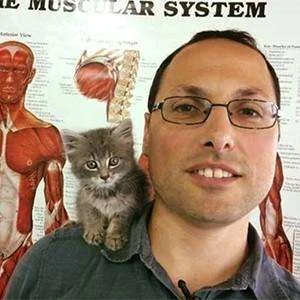
About the Author:
Paul Zaichik is an Exercise Science Expert, author of multitude of books, and the creator of Zaichik Stretching Technique (formely known as Kinesiological Stretching Technique). His speciality is flexibility training as well as body weight conditioning. His innovative method is designed to have maximum carry over into specific athletic techniques. Paul is the author of books and DVD’s on the topic of flexibility, martial arts and bodyweight training. Over the years, Paul Zaichik has worked with a variety of individuals including athletes, entertainers, and military personnel. His ElasticSteel Method of Athletic Conditioning programs, EasyFlexibility Programs and Zaichik Stretching Techniques are used world wide by both professional and amateurs with great success.
© ElasticSteel Corp., EasyFlexibility, Paul Zaichik, et. El., 2022. No part of the materials available through ElasticSteel.com, EasyFlexiiblity.com, site may be copied, photocopied, reproduced, translated or reduced to any electronic medium or machine-readable form, in whole or in part, without prior written consent of Paul Zaichik EasyFlexibility.com, Elasticsteel.com.. Any other reproduction in any form without the permission of Paul Zaichik EasyFlexibility.com, Elasticsteel.com is prohibited. All materials contained on this site are protected by United States copyright law and may not be reproduced, distributed, transmitted, displayed, published or broadcast without the prior written permission of Paul Zaichik, EasyFlexibility.com, Elasticsteel.com.
Share this post
0 comment

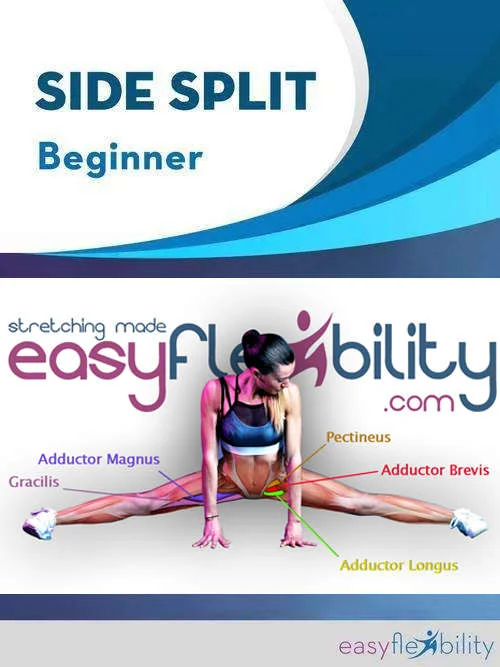
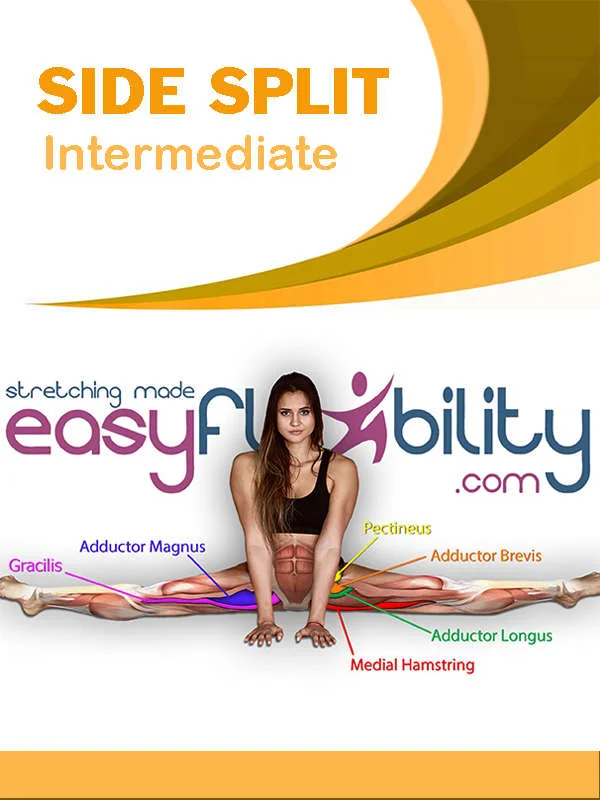
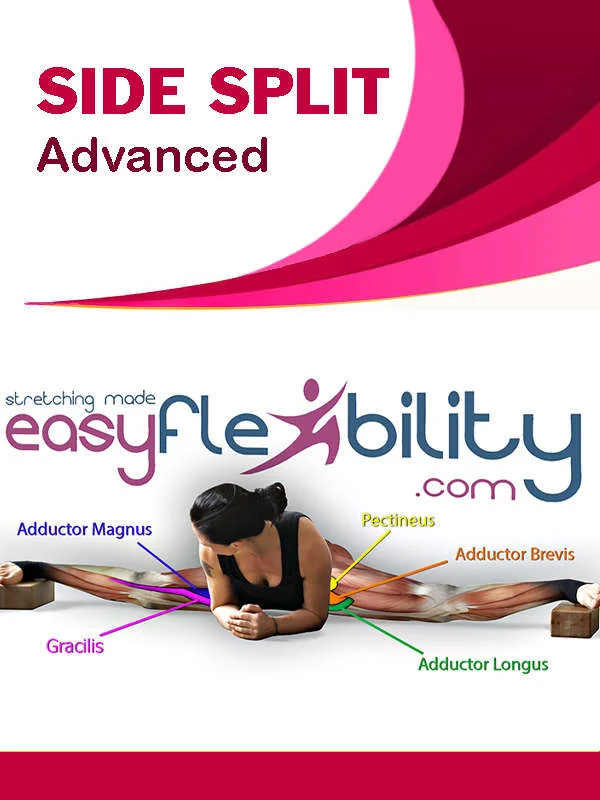
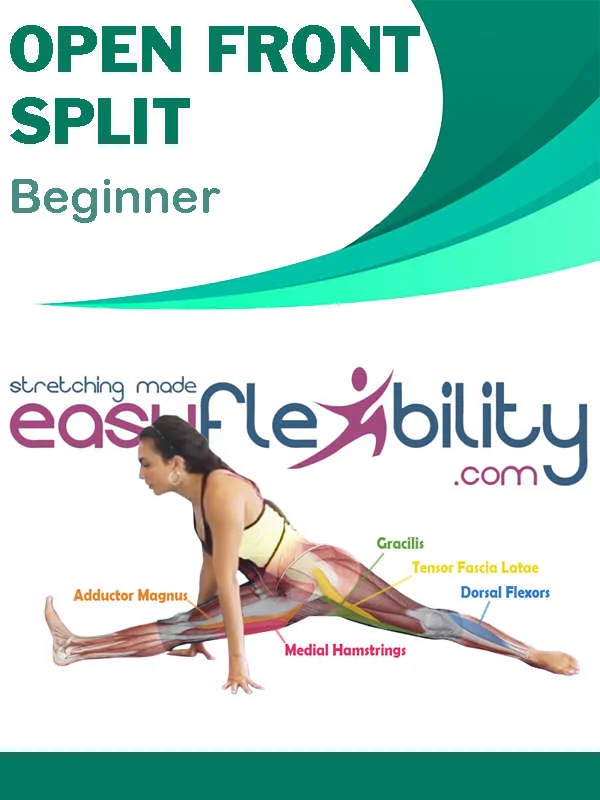

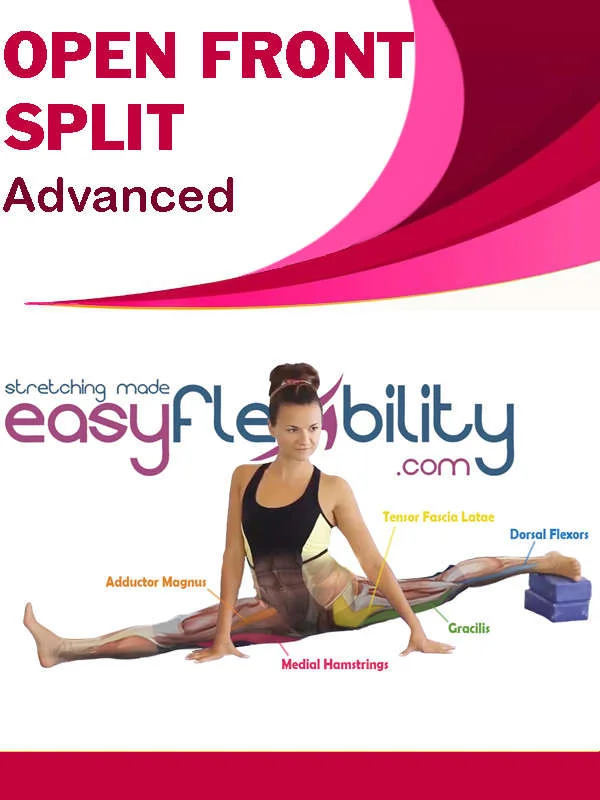
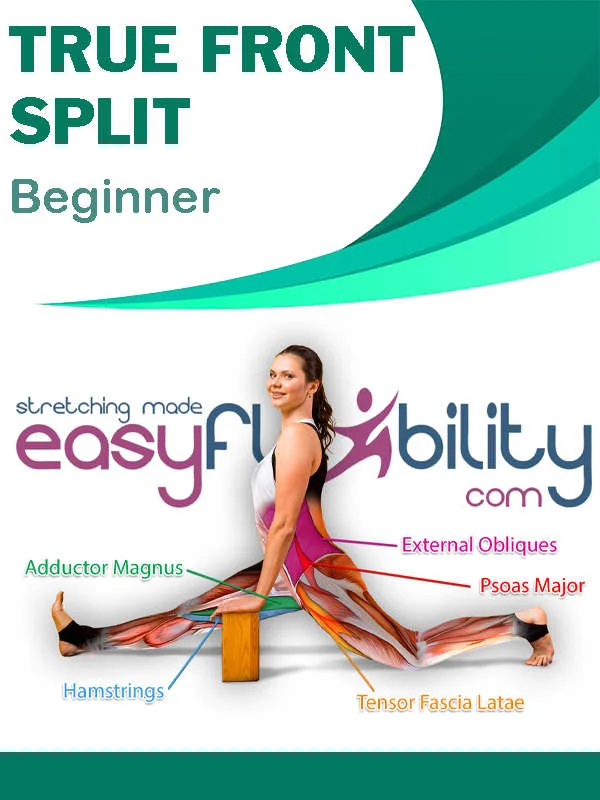
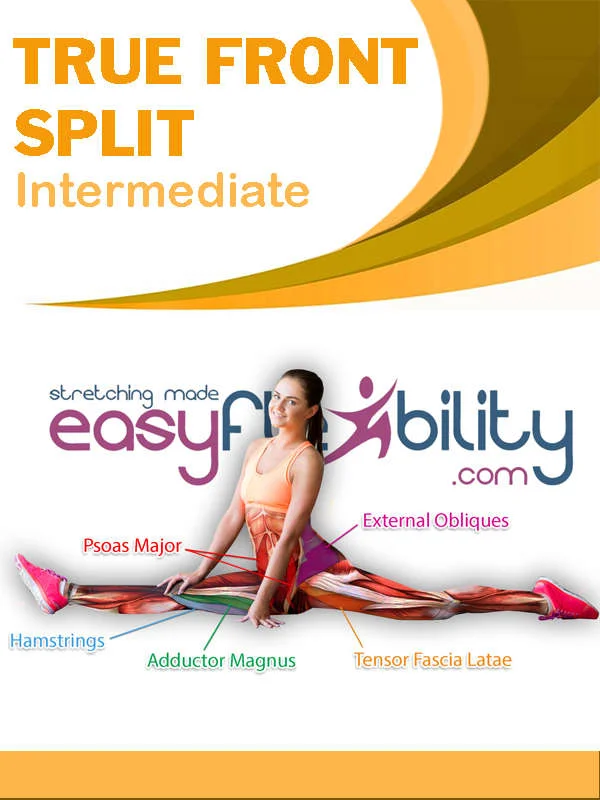

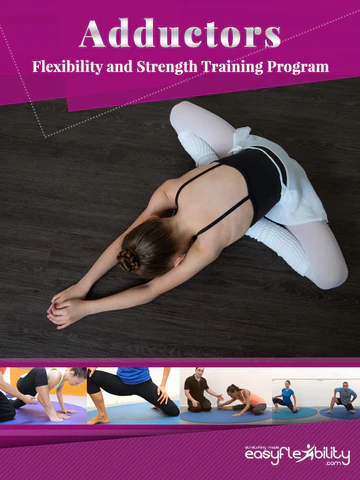
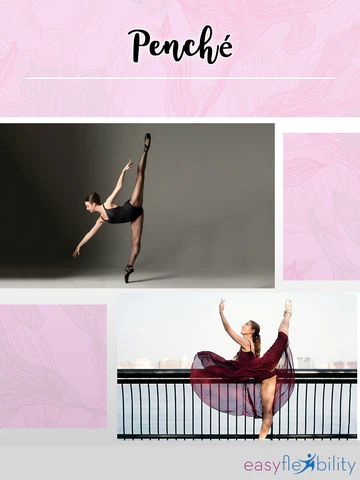
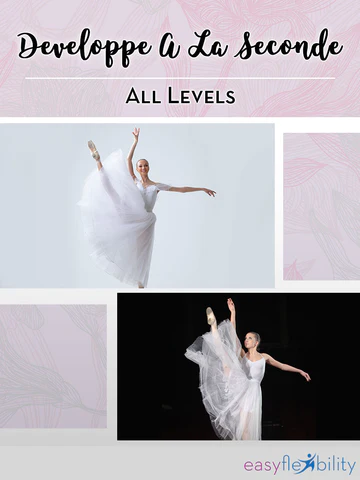


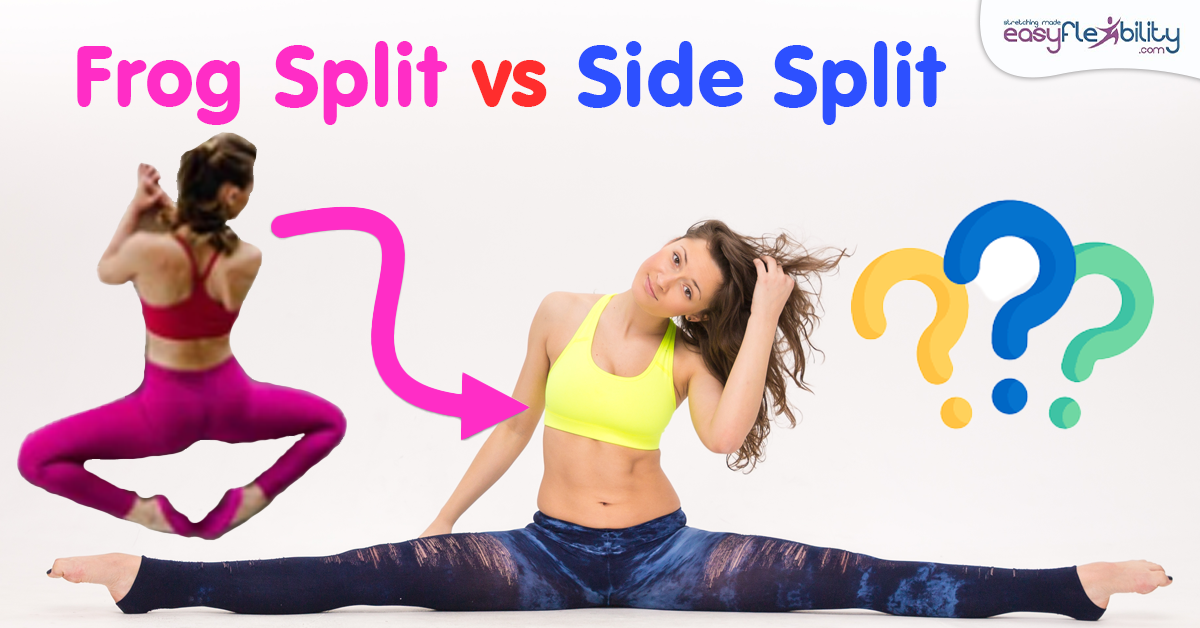

![Flexibility Training Program: Is it most beneficial standalone or with other fitness activities? [Case Study]](http://www.easyflexibility.com/cdn/shop/articles/336650424_545202031087374_5213276437981439590_n.png?v=1679586503)
